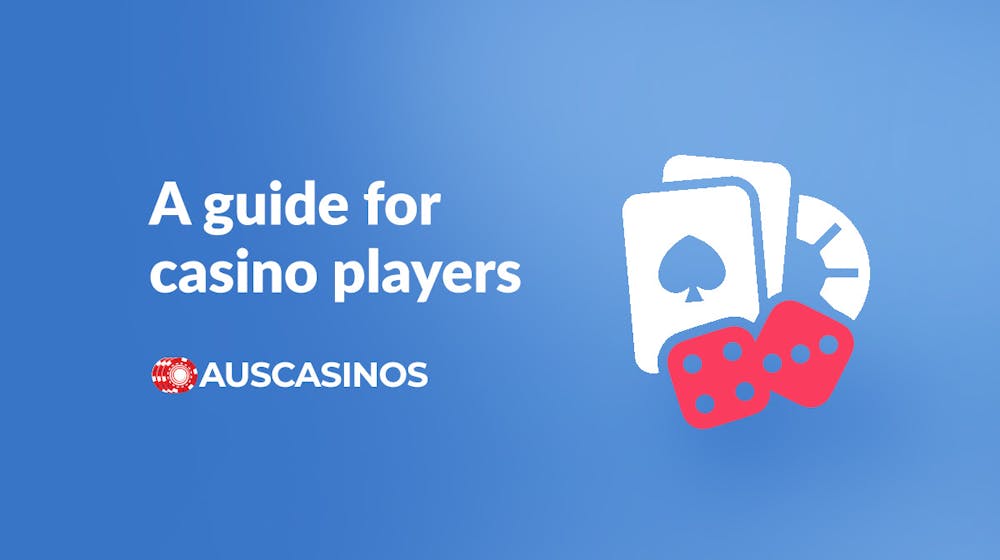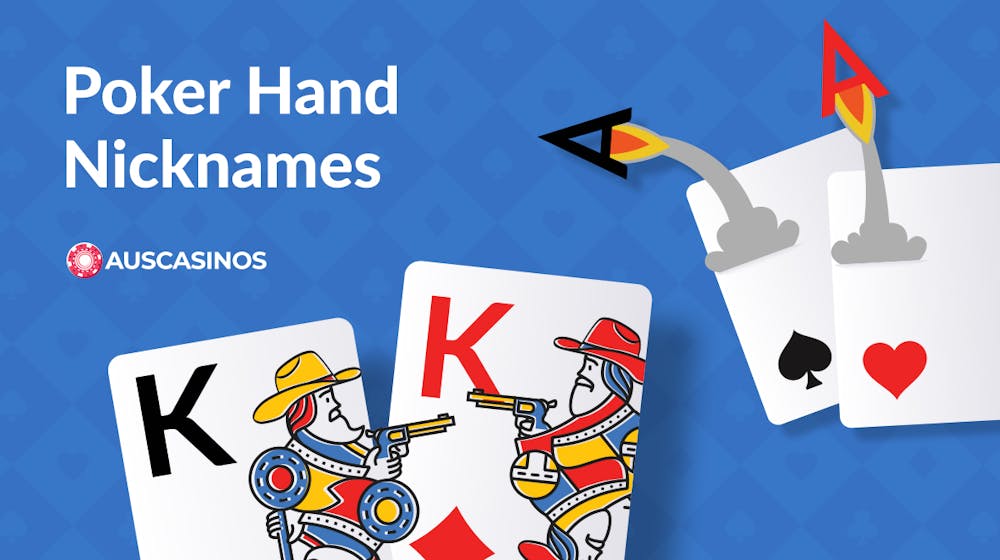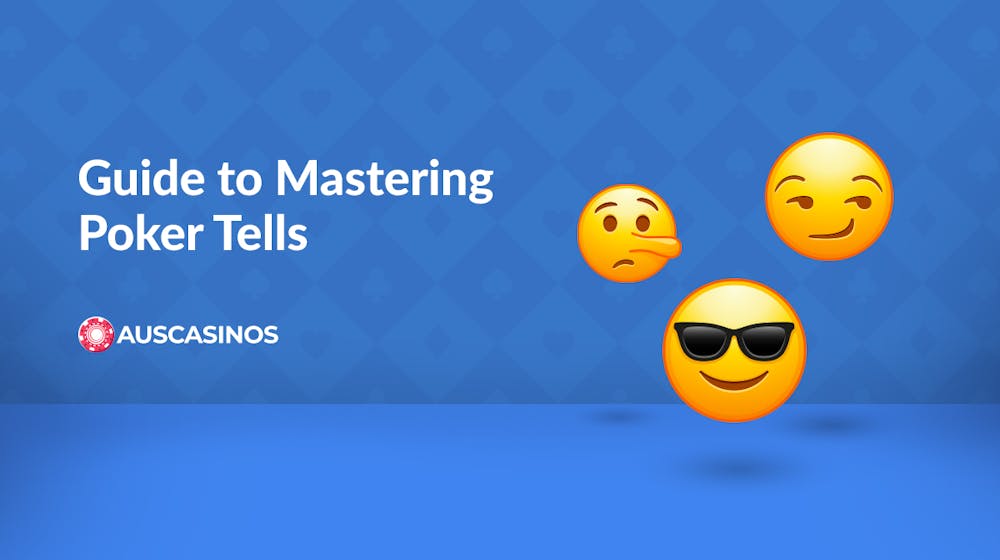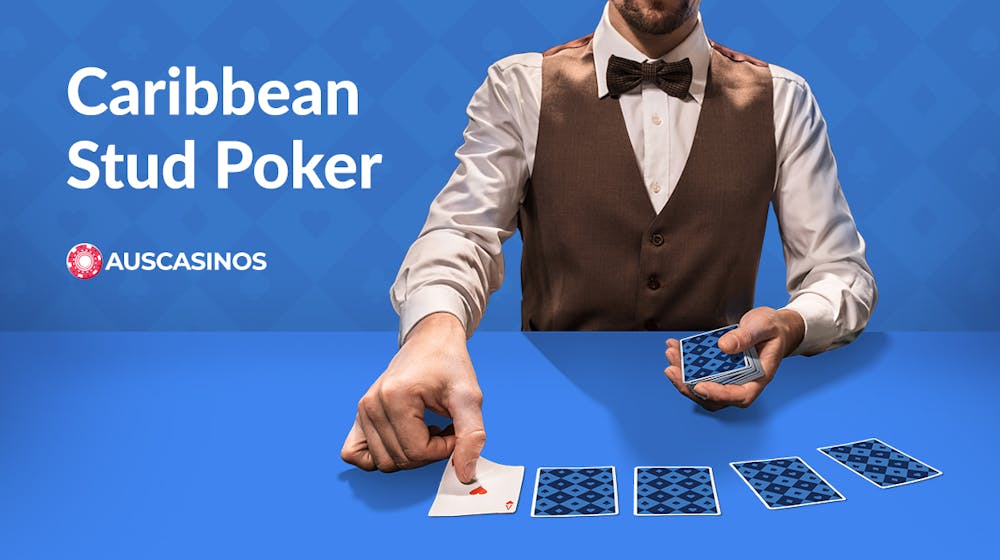Poker Positions Explained: Why Position in Poker is Key


Understanding poker positions is key to mastering the game. Your seat at the table influences every decision, from betting strategies to reading opponents. In this guide, we’ll explain what are the different poker positions and how they impact your play across formats like 9-max, 6-max, and full-ring.
You’ll learn how to adjust your strategy based on your position, when to play aggressively, and when to stay cautious. By the end, you’ll have the knowledge needed to make smarter, more profitable decisions at the table.
The Poker Table Layout
Table positions refer to where you sit in relation to the dealer (or "Button") in poker. The closer you are to the Button, the later you act, which gives you more information about what other players are doing—this is usually an advantage.
Visual Overview: Poker Table Positions
Imagine a poker table as a clock. Your seat is one of several key positions that determine how you’ll approach a hand. The most important positions are:
- Under the Gun (UTG)
- Middle Position (MP)
- Cutoff (CO)
- Button (BTN)
- Small Blind (SB)
- Big Blind (BB)

Seat-by-Seat Breakdown
Under the Gun (UTG)
- Position: First to act after the Big Blind.
- Found In: Full-ring (9 or 10 players) and 6-Max games.
- Description: This position is considered early because you're the first to act before the flop, with no information on how other players will play.
Middle Position (MP)
- Position: Just after early positions like UTG.
- Found In: Full-ring and 6-Max games.
- Description: You're seated in the middle of the table, meaning you act after the early positions but before the later ones.
Lojack (LJ) - Only in full-ring games (9 or 10 players)
- Position: One seat to the right of Middle Position, between MP and the Hijack.
- Found In: Only in full-ring games.
- Description: Often disappears in 6-Max games, as there are fewer players, and the need for distinct positions reduces.
Hijack (HJ) - Only in full-ring games (9 or 10 players)
- Position: One seat to the right of the Lojack, just before the Cutoff.
- Found In: Full-ring games, and sometimes in 6-Max games.
- Description: In full-ring games, this is a late position, sitting just before the Cutoff.
Cutoff (CO)
- Position: One seat to the right of the Button.
- Found In: Full-ring and 6-Max games.
- Description: This is the second-to-last position, just before the Button, giving you a positional advantage over many players.
Button (BTN)
- Position: The dealer position, and the last seat to act in most hands.
- Found In: All poker games.
- Description: The Button is the best position at the table, acting last in every betting round post-flop.
Small Blind (SB)
- Position: Directly to the left of the Button.
- Found In: All poker games.
- Description: Acts last pre-flop but first post-flop in every betting round
Big Blind (BB)
- Position: Directly to the left of the Small Blind.
- Found In: All poker games.
- Description: Like the Small Blind, you're forced to bet (the Big Blind) but act last pre-flop and first post-flop.
More Players = More Positions
In a full table (usually 9 or 10 players), there are more positions to be aware of. Here’s the basic flow:
- Early Positions: These are seats that act first (like Under the Gun, UTG). Acting early means you have to play more carefully because you don't know what other players will do.
- Middle Positions: Players in these seats (like the Lojack and Hijack) get a bit more information since some players have already acted, but they’re not as powerful as late positions.
- Late Positions: The Cutoff and Button are considered the best seats because you get to see what most players do before making your move. You can be more aggressive here.
Fewer Players = Fewer Positions
When there are fewer players (like in 6-max or heads up poker), early positions (like UTG) disappear. Everyone moves "closer" to the Button, and the importance of position becomes even greater. Here's how it works:
- 6-max Table: With only 6 players, you won’t have early positions like UTG. The game focuses more on middle and late positions, so you’ll need to play more hands and can be more aggressive.
- Heads-up (1v1): There are no early or middle positions at all. The Button alternates each hand, and the game is more about constantly adapting to your opponent.
Positional Strategy in Poker
In poker, your seat at the table—your poker position strategy—is just as important as the cards you’re dealt. The closer you are to the best position in poker, the Button, the more control you have over how the hand plays out. Let’s break down why position matters and how you can adjust your strategy based on where you're seated.
Why Position Matters: Early, Middle, and Late Positions
Where you sit at the table influences how much information you have during a hand. This knowledge is key to making good decisions, whether it’s folding, betting, or bluffing. Keep in mind that blinds act last pre flop, but then act first in all other betting rounds post flop.


Pre Flop Positions
| Position | Player | Description |
|---|---|---|
| Early Position (EP) | UTG, UTG +1 | You act first. This puts you at a disadvantage because you don't know how others will play. You'll want to play tight (only strong hands) from here since you don't have much information. |
| Middle Position (MP) | MP, MP+1, Lojack | You get a little more insight into what players in early positions are doing before you act. You can loosen up slightly, but you still need to be cautious. |
| Late Position (LP) | Hijack, Cuttoff, Button, Big Blind*, Small Blind* | You act last, especially from the Cutoff or Button. These positions are the most powerful because you get to see how everyone else plays before making your move. You can play more hands and even bluff more often, as you have the most information available. |
* Post-flop blinds are forced to act first, so your strategy should adjust to defend strongly.
Best Position in Poker: The Button
The Button (BTN) is widely regarded as the best position in poker. Why? Because when you’re on the Button, you act last in every betting round (except the blinds pre-flop), giving you the most information before making your decisions.
- Advantages of the Button:
- You can play a wider range of hands because you have more control over the pot.
- You can bluff more effectively, as you’ll have a better idea of your opponents’ strength based on their actions.
- You get to react to everyone else, which makes your decision-making easier.
When you're on the Button, you're in a prime spot to dictate the flow of the hand and extract maximum value from your opponents.
Strategic Play For Early Positions and Late Positions
Play Tight from Early Positions, Loose from Late Positions
Here’s a simple rule of thumb:
- Tight from Early Positions: In early positions like Under the Gun (UTG), you need to play strong, premium hands. Since you’re first to act, you want to avoid getting caught with a weak hand when several players are still left to act.
- Loose from Late Positions: From the Button or Cutoff, you can afford to play looser and more hands. Because you’re acting last, you have the advantage of reacting to other players, making it easier to bet, bluff, or fold strategically.
Strategic Play For The Blinds
The poker blinds (Small Blind (SB) and Big Blind (BB)) are tricky positions to navigate. You’re forced to put money into the pot before even seeing your cards, and you’ll be acting first after the flop. This makes it harder to play, but there are strategies to mitigate this disadvantage.
- Small Blind Strategy: You’re already invested in the pot, but you’re at a major positional disadvantage. Play cautiously, and defend with strong hands. Be selective, especially if the pot gets raised.
- Big Blind Strategy: You’re also forced to contribute to the pot, but you get to act last pre-flop. Defending your Big Blind with a wider range of hands is more common, especially if players try to steal the pot from late positions. Post-flop, though, you’ll need to adjust your play carefully since you’ll be first to act for the rest of the hand.
Detailed Breakdown of Key Positions
Understanding how each position at the poker table affects your decisions pre-flop and post-flop is critical to becoming a more successful player. Here, we’ll break down each key position and provide clear strategies for both stages of the hand.

Under the Gun (UTG): First to Act, First to Think
Hijack (HJ): Sneak Attacks from a Strong Position
Cutoff (CO): Pre-flop Stealing & Applying Pressure
Button (BTN): Maximizing Profit from the Best Seat
Small Blind (SB) & Big Blind (BB): Defending the Blinds Effectively
Poker Position Strategy Cheat Sheet
Here’s a quick-reference cheat sheet summarising the key strategies for each position at the poker table based on the detailed breakdown.

Positional Adjustments for Different Poker Variants
The number of players at the table changes how you play poker and how you should approach each position. Let’s break down the differences between 9-handed (full-ring), 6-max, and other poker variants, and how you can adjust your strategy accordingly.
9-Handed (Full-Ring) Poker
6-Max Poker
Short-Deck Poker and Other Variants
Advanced Positional Play: Tips From The Experts
Mastering poker positions and ranges is key to exploiting your position and adapting to opponents' strategies. Let’s break down how to adjust your approach to maximise positional advantage.
Adjusting Your Opening Range Based on Position
Your opening range—the hands you’re willing to raise or call with—varies depending on your seat at the table. In early positions, like UTG, play a tight range with strong hands (e.g., premium pairs, AK).
As you move to middle positions, slightly loosen your range to include hands like suited connectors and medium pairs. In late positions, like the Cutoff and Button, widen your range even further, raising with weaker hands and capitalising on your positional advantage.
Using Position to Bluff and Control Pot Size
Late positions give you more opportunities to bluff effectively. Acting last lets you gauge your opponents' actions before making your move. If they check or bet weakly, you can bluff or raise to represent a stronger hand. Likewise, position allows you to control the pot size. From late positions, you can choose to keep the pot small with marginal hands or inflate it when you’re ahead.
Adapting to Opponents' Positional Play
Your opponents' position also influences their actions. Pay close attention to their opening ranges from different positions. For example, if someone opens from early position, they’re likely holding a strong hand. Conversely, a raise from the Button might indicate a wider, weaker range. Adjust your play accordingly by tightening up against early-position raises or re-raising late-position openers who may be stealing blinds.
Leveraging Position to Force Opponents into Tough Spots
You can use your position to put pressure on opponents and force them into difficult decisions. In late positions, especially on the Button, take advantage of hesitant players by betting or raising aggressively. You can also trap overly aggressive players by letting them bet into you when you have position.
This ability to leverage position makes it harder for your opponents to play their hands effectively, often leading them to make mistakes.
By adjusting your poker positions ranges, knowing when to bluff, and adapting to opponents’ positional tendencies, you’ll gain a significant edge at the table, pushing your opponents into difficult spots and increasing your overall profitability.
Positional Strategy in Online Poker Vs In Person
| Online Poker | In-Person Poker | |
|---|---|---|
| Speed of Play | Faster pace, more hands per hour, requiring quicker positional decisions. | Slower pace, more time to observe and adjust to table dynamics. |
| Information & Reads | Rely on betting patterns, timing, and automated tracking for reads. | Rely on physical tells, body language, and bet sizing for reads. |
| Bluffing | More frequent bluffing due to anonymity and lack of physical tells. | Bluffing is less frequent as opponents can observe physical behaviour. |
| Player Pool Size | Larger, anonymous pool, harder to develop consistent reads on opponents. | Smaller, familiar player pool, easier to track regulars and build personal reads. |
Conclusion
Understanding the best positions in poker is key to long-term success. Positional awareness lets you make informed decisions, exploit weak players, and control the game flow. Whether playing 6-Max or full-ring, always adjust your poker strategy based on table dynamics. Practice tight play in early positions and aggressive play in late positions like the Button.
By refining your positioning strategy, you’ll gain a significant edge over your opponents and elevate your game to the next level. Keep improving, stay adaptable, and use your position to maximise your poker winnings.
Poker Positions FAQ

Emily is our seasoned content writer. She writes easy to read and helpful game guides, so you can quickly understand the rules of each game and get some useful tips that can help boost your chances of winning.
Read more about the author





